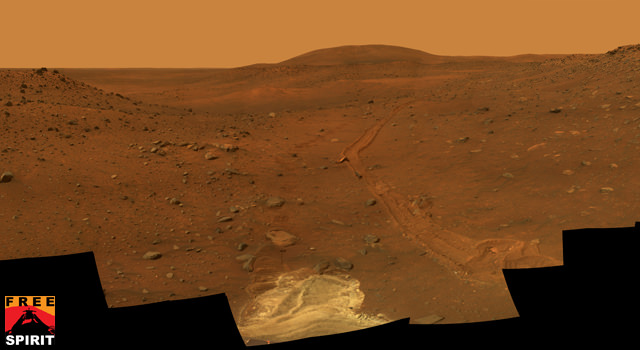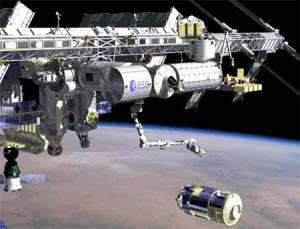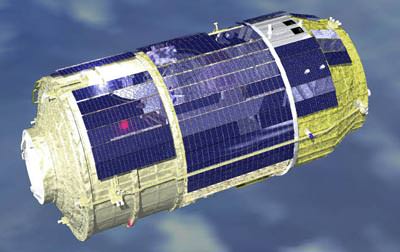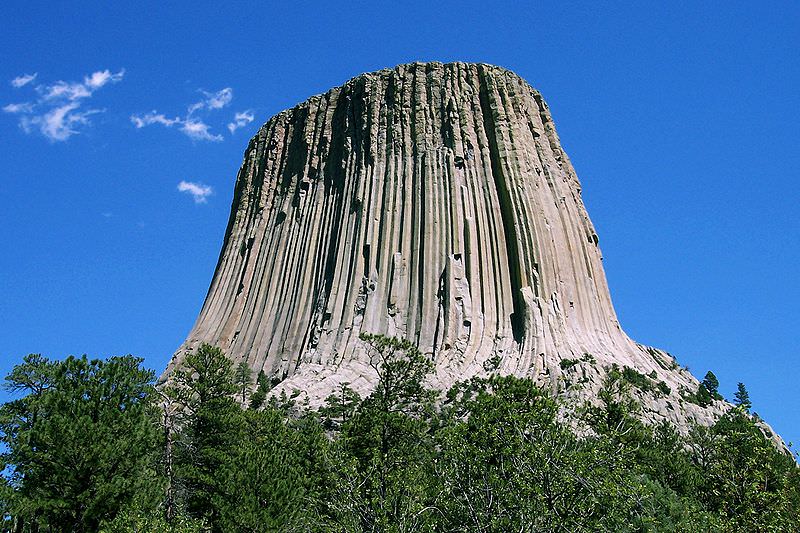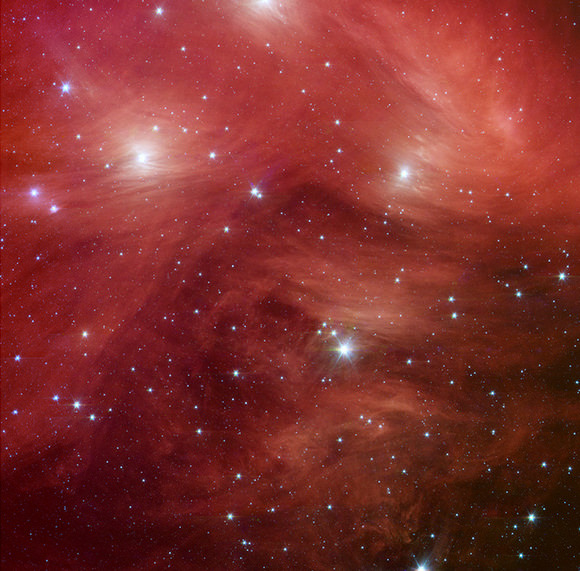[/caption]
A highly anticipated Bi-static radar experiment to look for possible water ice hiding in polar craters on the Moon failed due to the deterioration and eventual loss of the Chandrayaan-1 lunar orbiter. “Everything worked out as best as could be hoped, except for one thing,” said Paul Spudis, principal investigator for Chandrayaan-1’s radar instrument, Mini-SAR. “It turned out Chandrayaan-1 wasn’t pointed at the Moon when we were taking the data, but we didn’t know that at the time. So, the Bi-static attempt was a failure.” The experiment was attempted on August 20, and one week later the Chandrayaan-1 spacecraft failed completely due to overheating. The Indian Space Research Organization (ISRO) admitted they underestimated the amount of heat radiating from the Moon and didn’t have enough thermal protection on the spacecraft.
Spudis told Universe Today that both Chandrayaan-1 and the Lunar Reconnaissance Orbiter were in the right locations to do the experiment, but Chandrayaan-1 was pointed in the wrong direction. “We didn’t realize it, but the spacecraft was on its last legs at that point. When we commanded it to get into a certain attitude to do the experiment, it just wasn’t in that attitude, and we had no way of knowing it.”
The experiment required tricky maneuvers for both Chandrayaan-1 and LRO. The test was timed to coincide when both spacecraft were only 20 kilometers (12.4 miles) apart over Erlanger Crater near the Moon’s north pole. Chandrayaan-1’s radar was to transmit a signal to be reflected off the interior the crater to be picked up by LRO. Comparing the signal that would have bounced straight back to Chandrayaan-1 with the signal that bounced at a slight angle to LRO would have provided unique information about any water ice that may be present inside the crater.
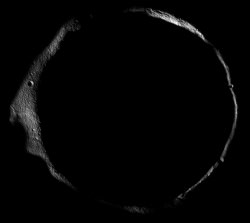
Because of the loss of the star trackers earlier this year on Chandrayaan-1, Spudis said they weren’t certain during the test what direction the spacecraft was pointing. “We thought it was oriented in the right attitude, but it turned out it was not. So we didn’t send the radar beam into the crater like we had hoped, so therefore we didn’t get any echoes from it. It is disappointing, but that’s the space biz, that’s the way things go.”
Spudis said the international coordination required for the experiment between ISRO, JPL, NASA and the Applied Physics Lab worked exceptionally well. “Everyone did a great job and gave us great support on it. We came very close and the actual encounter was better than predicted. So everything worked except for the Chandrayaan-1 spacecraft.”
The teams were getting ready to try a repeat of the experiment, during the last weekend in August when Chandrayaan-1 quit communicating. “We were going to have another opportunity where the spacecraft were going to be close together over a different crater on the north pole,” Spudis said, “but then we lost the spacecraft on that Thursday. So that was disappointing. We gave it our best shot, but that’s the way it goes.”
But Spudis said he has his team have been busy focusing on studying and understanding the monostatic data they do have.
“We have some excellent quality data collected from mid- Feb to mid-April of this year,” he said. “We were able to get data from over 90% of both poles. We’re really just getting started analyzing it.”
There are missing pieces of data, especially directly at the poles because the instrument was a side-looking radar. The Mini-SAR always looked off nadir, off to one side of the ground track that is directly below the spacecraft. “So if you are in perfectly polar orbit, you will never image the poles because you are always looking off to the side,” Spudis explained. ” So we have these black zones around the poles. But we do have a lot of coverage around the poles of terrain that is in permanent darkness. We are studying that right now, and In fact, I am in the midst of writing up our first paper, and we’ll have some interesting results from that.”
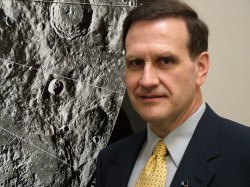
Spudis said the loss of Chandrayaan-1 wasn’t totally unexpected due to the problems the spacecraft had been experiencing, but no one thought it would happen quite this quickly. “It was a little unexpected how rapidly it happened, how soon the end came,” he said. “Because the spacecraft had been having problems, we had been living with the various losses of capabilities, and we just kept soldiering through hoping that everything would work out. The timing was unfortunate.”
In addition the substantial amount of data received from Chandrayaan-1 data, Spudis is also looking to the data that will be coming from LRO. “LRO has a radar instrument that is a more advanced version than the one on Chandrayaan,” he said. “The difference is that there are two frequencies instead of one, and it has two resolutions – a normal resolution similar to India’s version on Chandrayaan-1 one, as well as a zoom version, a hi-res mode, with a factor of 6 or 7 better than the nominal mode.”
Spudis said LRO’s Mini-RF has been turned on during the LRO commissioning and so far it has been used to support the LCROSS impact. “They wanted to look at targets near the south pole, so we took some data for them. That data looks very interesting as well.”
For more information on Spudis’ work, check out his website.


